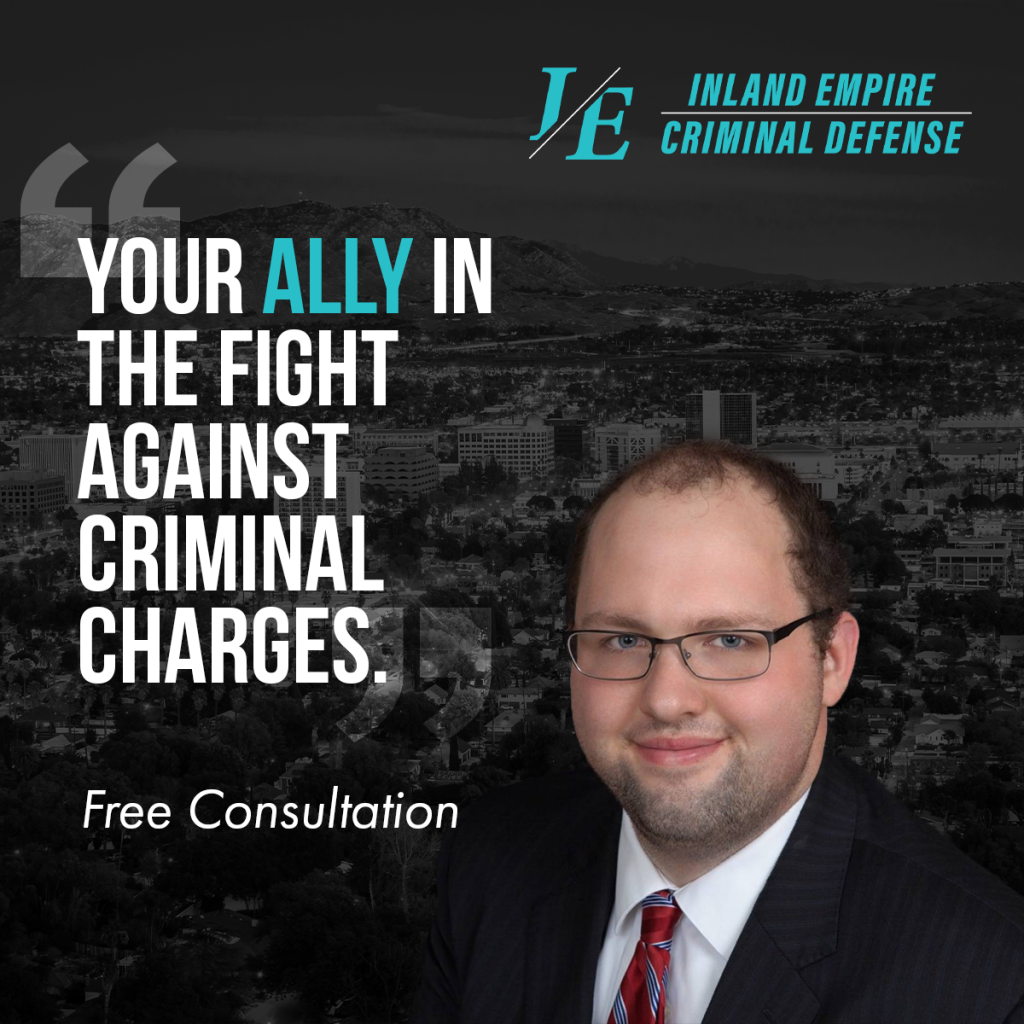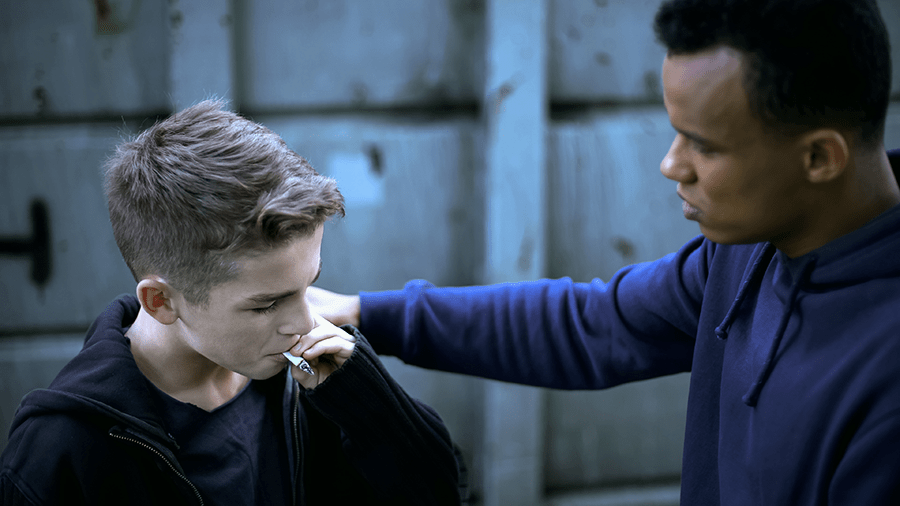Understanding California Child Endangerment Law: A Comprehensive Guide

Understanding California Child Endangerment Law
California child endangerment law is stringent and vital for safeguarding minors from harm. Child endangerment occurs when an adult’s actions or negligence jeopardize a child’s physical, emotional, or mental well-being. These acts can range from simple neglect to severe abuse.
Quick Facts:
- Penal Code 273a: Governs child endangerment in California.
- Misdemeanor: Up to one year in county jail.
- Felony: Up to six years in state prison.
Why is this law so important? Violations can lead to severe legal consequences, impacting both the child’s safety and the accused’s future. The law aims to protect vulnerable children from dangerous situations. Understanding these implications is crucial for anyone accused of endangering a minor.
I’m Adam Jackson, an attorney specializing in criminal defense with experience in California child endangerment law. My expertise ensures the best possible defense for anyone accused of this serious offense.

What Constitutes Child Endangerment?
Child endangerment involves putting a child in a situation where they could suffer physical, emotional, or mental harm due to an adult’s negligence or willful act. This can apply to parents, guardians, or anyone temporarily responsible for a child.
Examples of Child Endangerment
Understanding specific examples can help clarify what actions or situations might be considered child endangerment under California child endangerment law.
Negligence: This involves failing to provide adequate care, supervision, or protection for a child. Negligence can lead to both physical and emotional harm.
Willful Act: Any intentional action that puts a child in danger. This could be something like driving recklessly with a child in the car or exposing them to illegal activities.
Physical Harm: Inflicting physical pain or injury on a child. This can include hitting, shaking, or any other form of physical abuse.
Emotional Harm: Actions that damage a child’s emotional well-being. This can involve verbal assaults, belittling, or isolating the child.
Mental Harm: Situations that cause mental suffering or distress. Exposure to domestic violence or substance abuse can severely impact a child’s mental health.
Here are some common scenarios that could be considered child endangerment:
Unattended Child
Leaving a child unattended in dangerous situations, such as a busy street or near hazardous objects, can be considered child endangerment. It puts the child at risk of injury or abduction.
Substance Abuse
Exposing a child to illegal substances or drugs, including using or manufacturing them in the child’s presence, can be considered child endangerment. The child may suffer physical harm, neglect, or emotional distress.
Access to Weapons
If a child has access to firearms, explosives, drugs, or other hazardous substances without appropriate safety measures, it can be considered child endangerment. This includes situations where a child risks accidental injury or harm.
Reckless Driving
Engaging in reckless driving behavior, such as excessive speeding, driving under the influence, or aggressive maneuvers, with a child in the vehicle, can endanger the child’s safety. Putting a child at risk through irresponsible driving can be deemed child endangerment.
These examples illustrate various situations that can potentially endanger a child’s safety, well-being, or development. It’s essential to recognize and address child endangerment promptly to ensure the protection and welfare of children.

Understanding these examples can help you recognize and prevent situations that may lead to child endangerment charges. Next, we’ll dig into the specifics of California’s child endangerment laws and how they are enforced.
California Child Endangerment Laws
Misdemeanor vs. Felony Charges
California Penal Code 273a covers child endangerment laws. This law aims to protect children from situations that could cause them physical harm, emotional distress, or mental suffering due to negligence or willful acts by caregivers. The law applies not just to parents but to anyone with a legal relationship to the child, even temporarily.
Penal Code 273a specifies that causing or permitting a child to suffer unjustifiable physical pain or mental suffering, or placing a child in a dangerous situation, can lead to criminal charges. These charges can be classified as either misdemeanors or felonies, depending on the severity of the situation.
Misdemeanor Penalties
If the child endangerment did not involve a risk of great bodily harm or death, it is usually charged as a misdemeanor. Misdemeanor penalties can include:
- Up to one year in county jail
- Fines and court fees
- Mandatory parenting classes
For example, leaving a child unattended in a safe environment without any immediate danger might be considered a misdemeanor. However, even a misdemeanor charge can have serious consequences, including impacting custody rights and professional licenses.
Felony Penalties
When child endangerment involves circumstances likely to produce great bodily harm or death, it is charged as a felony. Felony penalties are more severe and can include:
- Two, four, or six years in state prison
- Hefty fines
- Probation for up to four years
- Mandatory 52-week parenting classes
An example of a felony child endangerment case could involve a caregiver driving under the influence with a child in the car or leaving a child in a dangerously hot vehicle. In these situations, the risk to the child’s safety is significantly higher, warranting harsher penalties.
Regardless of whether the charge is a misdemeanor or felony, a conviction can lead to long-term consequences such as losing custody rights and difficulties in finding employment in fields like education or childcare.
Understanding the differences between misdemeanor and felony charges under California child endangerment law is crucial for anyone involved in the care of a child. Next, we’ll explore how courts determine child endangerment and the elements of proof required for a conviction.
How the Court Determines Child Endangerment
Elements of Proof
When it comes to California child endangerment law, the court looks at several key elements to determine if someone is guilty. Understanding these elements can help you steer the legal landscape if you’re facing such charges.
Recklessness and Criminal Negligence
To prove child endangerment, the prosecution must show that the defendant acted recklessly or with criminal negligence. This means more than just making a mistake or being careless. The defendant must have:
- Acted in a way that is a gross departure from how an ordinarily careful person would act
- Displayed a disregard for human life or an indifference to the consequences
For example, leaving a child alone near hazardous materials would qualify as reckless behavior.
Dangerous Situations
The court examines whether the child was placed in a dangerous situation. This doesn’t mean the child has to be harmed; the potential for harm is enough. Examples include:
- Leaving a child unattended in a car on a hot day
- Allowing a child access to dangerous weapons or substances
Physical Pain and Mental Suffering
The law looks at whether the child suffered or was likely to suffer physical pain or mental suffering. This can include:
- Physical injuries like bruises or broken bones
- Emotional trauma from being exposed to violent situations or substance abuse
Willful Act
The defendant must have willfully caused or allowed the dangerous situation. This means it wasn’t an accident; the person knew or should have known the risk involved. For instance, if a parent knowingly leaves a child with someone who has a history of violence, that can be considered a willful act.
Injury and Mental Suffering
Lastly, the court will consider if the child suffered actual injury or mental suffering. Even if no physical harm occurred, the potential for mental suffering, like extreme fear or anxiety, can be enough for a conviction.
Understanding these elements can help you see how the court determines child endangerment. If you’re facing charges, knowing what the prosecution must prove can be crucial for your defense.
Next, we’ll discuss possible defense strategies against child endangerment charges.
Defending Against Child Endangerment Charges
Possible Defense Strategies
If you’re facing child endangerment charges, having a strong defense is crucial. Here are some common strategies:
1. False Allegations
Sometimes, child endangerment accusations arise from personal disputes or ulterior motives. For example, during a heated custody battle, one parent might falsely accuse the other to gain an advantage. Your lawyer can gather evidence to show the allegations are unfounded.
2. Lack of Evidence
Prosecutors must prove their case beyond a reasonable doubt. If the evidence is weak or unreliable, your lawyer can argue that there’s not enough proof to convict you. For instance, if there are no witnesses or physical evidence, it may cast doubt on the prosecution’s case.
3. Parental Rights
Parents have the right to make reasonable decisions about raising their children. If you’re accused of endangerment for disciplining your child, you might argue that your actions were within the bounds of reasonable parental discipline. California law allows parents to use reasonable physical force to discipline their children.
4. Contested Custody
In child custody disputes, false allegations of child endangerment are not uncommon. If you can show that accusations are being used as a strategy to influence custody decisions, it can be a strong defense. Your lawyer can present evidence of the ongoing custody battle and any motives for false accusations.
5. Weak Evidence
If the prosecution’s evidence is weak or inconsistent, your lawyer can challenge its validity. For example, if there are discrepancies in witness statements or if the evidence doesn’t clearly show criminal negligence, it can weaken the prosecution’s case.
6. Reasonable Discipline
California law recognizes that parents have the right to discipline their children within reason. If your actions were part of reasonable disciplinary measures, you might argue that they did not constitute child endangerment. This defense can be particularly effective if there is evidence to show that your disciplinary methods were not excessive.
7. Custody Disputes
Child endangerment allegations often arise in the context of custody disputes. If you’re in the middle of a contested custody case, your lawyer can argue that the allegations are part of an attempt to gain custody. Showing that the accusations are strategically motivated can be a powerful defense.
Facing child endangerment charges can be overwhelming, but understanding these defense strategies can help you steer the legal process.
Next, we’ll answer some frequently asked questions about California child endangerment law.
Frequently Asked Questions about California Child Endangerment Law
What is considered child endangerment in California?
Child endangerment in California is defined by Penal Code 273a. It involves placing a child in a harmful situation, either through negligence or a willful act. This can include:
- Leaving a child unattended in a dangerous environment, like a busy street or near hazardous objects.
- Exposing a child to substance abuse, such as using drugs in their presence.
- Allowing access to dangerous weapons or substances, like firearms or explosives.
- Reckless driving with a child in the vehicle, including DUI or aggressive maneuvers.
It’s not just parents who can be charged; anyone responsible for the child can face these accusations.
What are the penalties for child endangerment?
Child endangerment can be charged as either a misdemeanor or a felony, depending on the severity of the situation:
- Misdemeanor: Up to one year in county jail.
- Felony: Up to six years in state prison.
If the child endangerment involved a risk of great bodily harm or death, it’s more likely to be charged as a felony. Convictions can also affect professional licenses and future employment in fields such as education, child care, or nursing.
How can I defend against child endangerment charges?
Defending against child endangerment charges requires a strong legal strategy. Here are some common defenses:
- False Allegations: Sometimes, accusations arise from personal disputes or custody battles. Proving the allegations are false can be a strong defense.
- Lack of Evidence: Challenging the prosecution’s evidence can cast doubt on their case. Weak or unreliable evidence may not meet the burden of proof.
- Parental Rights: Demonstrating that your actions were within reasonable parental discipline can be a valid defense.
- Contested Custody: In custody disputes, showing that the accusations are strategically motivated can help your case.
It’s crucial to consult with an experienced attorney who can guide you through the legal process and build a robust defense.
Need more information or facing charges? Contact Inland Empire Criminal Defense for a free consultation.
Conclusion
Facing child endangerment charges can be overwhelming. The legal implications are serious, and the consequences can be life-altering. That’s why it’s crucial to have experienced legal representation on your side.
At Inland Empire Criminal Defense, we specialize in handling complex cases like child endangerment. Our team understands the nuances of California child endangerment law and knows how to build a strong defense strategy custom to your situation.
We offer free consultations to help you understand your options and the best path forward. Our goal is to ensure your rights are protected and to fight for the best possible outcome in your case.
Don’t face these charges alone. Let us be your advocate and guide you through this challenging time. For more detailed information about child endangerment laws, visit our service page.
Frequently Asked Questions
Absolutely, Inland Empire Criminal Defense prioritizes your privacy and confidentiality. Every consultation with our attorney is conducted with the utmost discretion, ensuring your information remains secure and private.
Yes, understanding the financial pressures that can come with legal representation, our attorney offers flexible payment plans. This approach ensures that quality legal defense is accessible for all our clients in Riverside, San Bernardino, and Los Angeles Counties.
Yes, Inland Empire Criminal Defense offers free consultations. This is part of our commitment to providing accessible and transparent legal services to residents of Riverside, San Bernardino, and Los Angeles Counties.
We offer both in-person and over-the-phone consultations to accommodate your preferences and needs. Whether you’re in Riverside, San Bernardino, or Los Angeles County, we ensure that you can access our legal services in the way that suits you best.
Our office is typically closed on weekends. However, we do make exceptions for meetings by special arrangement. Our commitment is to be as accommodating as possible to meet the unique needs of our clients in Riverside, San Bernardino, and Los Angeles Counties.
Our legal services are specifically tailored to residents of Riverside, San Bernardino, and Los Angeles Counties. For cases outside these areas, we recommend consulting avvo.com to find appropriate legal assistance. Our focused approach allows us to provide specialized defense catering to the unique legal landscape of these counties.


